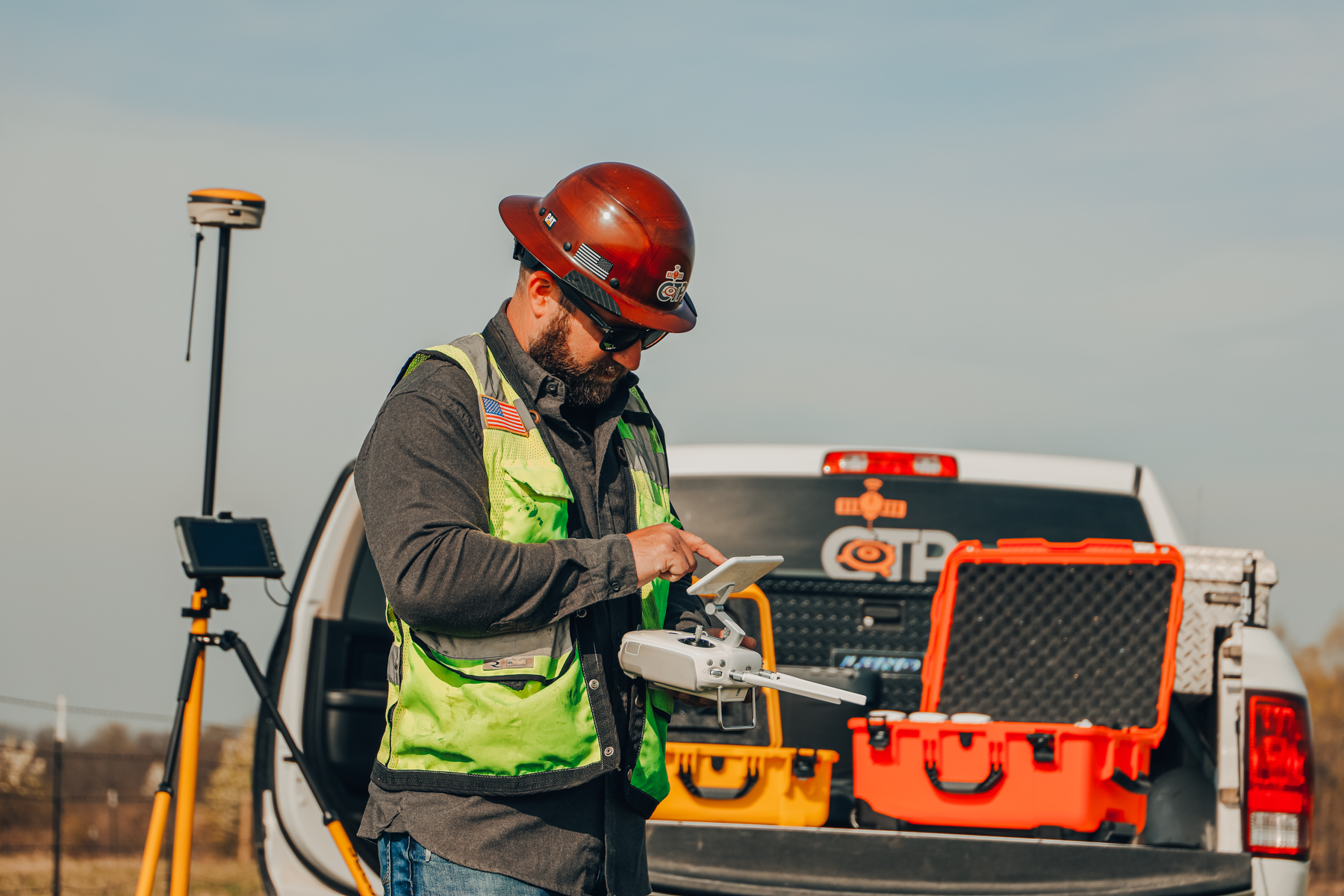The main objective of surveying is to collect field data so a map or plan can be prepared based on the calculations of the field parameters before an engineering operation is actually executed to begin a construction project. The design and planning of any construction of bridges, tunnels, highways, buildings, or other construction projects are determined by survey measurements. Any project of magnitude will be constructed using the points and lines created through the survey.
Uses of a Survey
When a survey is performed before a construction project, there are several uses for it:
- The survey will determine the best route for removing a specified amount of earth
- The survey will be used to prepare an engineering map that will show details including railways, canals, highways, dams, etc.
- The survey will mark boundaries of states, districts, counties, etc. to avoid any land disputes
- The survey will be used to create a topographical map that will point out forests, rivers, hills or valleys
- The survey will allow engineers to estimate and plan jobs such as railways, bridges, roads, water supplies, waste disposal areas, etc. if required
The above are some common uses of surveying results in construction projects, surveying plays a significant role. Objectives in construction surveying can take various forms. One form is to determine the alignment and location of pipes, bridges, highways and other man-made objects.
Building construction is another area of surveying that provides the information needed for the correct placement of piers, foundations, footings and other items essential for constructing a building.
Principles of Surveying
With any construction work, the first step performed is the survey. Surveying is an essential branch of civil engineering and is considered the art for determining relative positions of several features beneath or above the surface of the earth. Surveying involves the use of different instruments including a compass, theodolite, tapes, chains, leveling staff, and auto-level, and more.
Surveying is based on several principles, including:
- Consistency– the principle involving consistency means being consistent in the instruments, readings, methods used, and the notations made from observations to gain a level of accuracy
- Accuracy– in surveying, to be accurate you have to use the proper instruments and methods based on the level of accuracy required
- Location of a point through measurement using two points of reference– this principle means the desired point to be surveyed has to be located by taking measurements from two or three points of reference
- An independent check– This principle of independent checks is to prevent errors in your work. Each measurement taken in the field must be re-checked so there are no mistaken observations that get passed without notice
- Working from whole to part– the survey has to be carried out from the whole to part as a system of control so it covers the entire area with a high degree of precision. This principle will prevent undue errors and localize and control minor errors
Where to Learn More About Surveying
CTP (Construction Technology Partners) specializes in helping you understand emerging construction technology. We are your one-stop shop when it comes to site set-ups, training, data solution, and mechanical systems. By staying in front of technology we are able to solve your problems and find the right solution from aerial mapping to training and provide the advice you need to grow.

